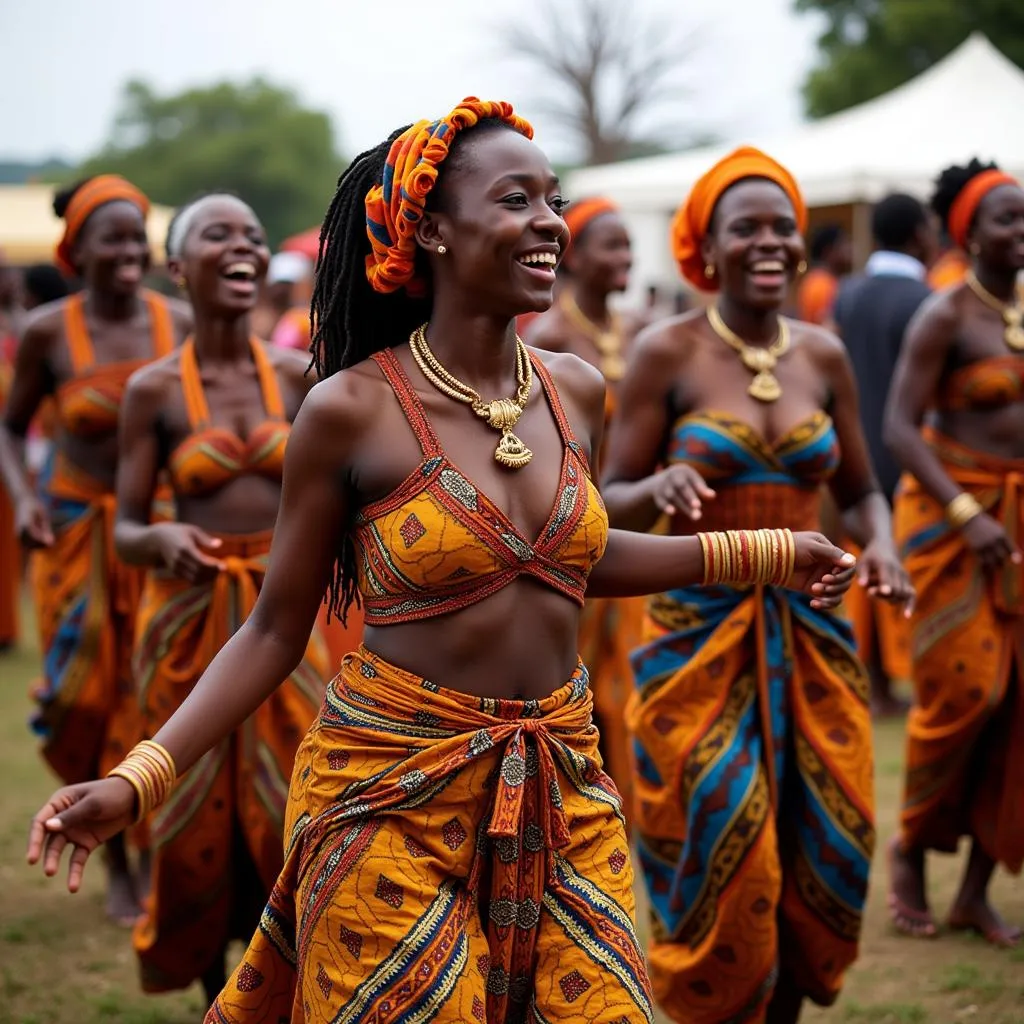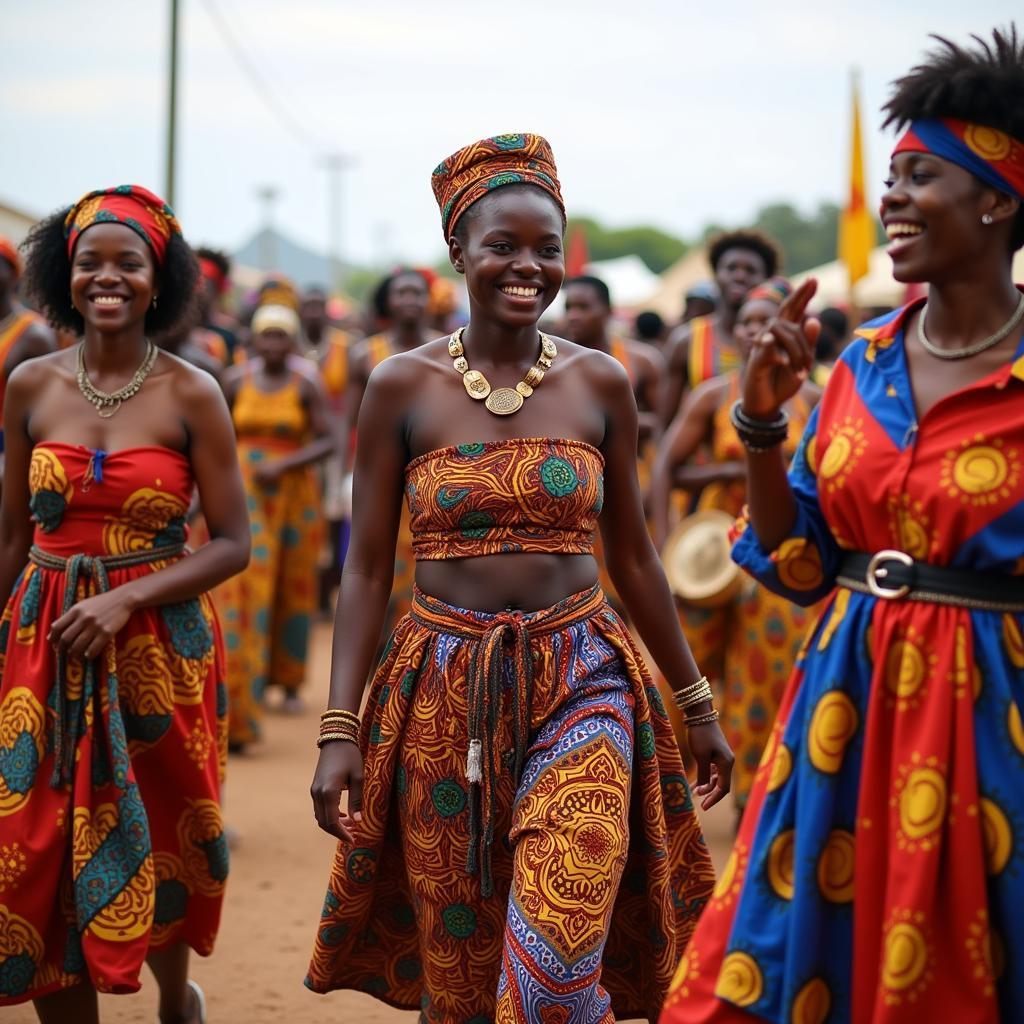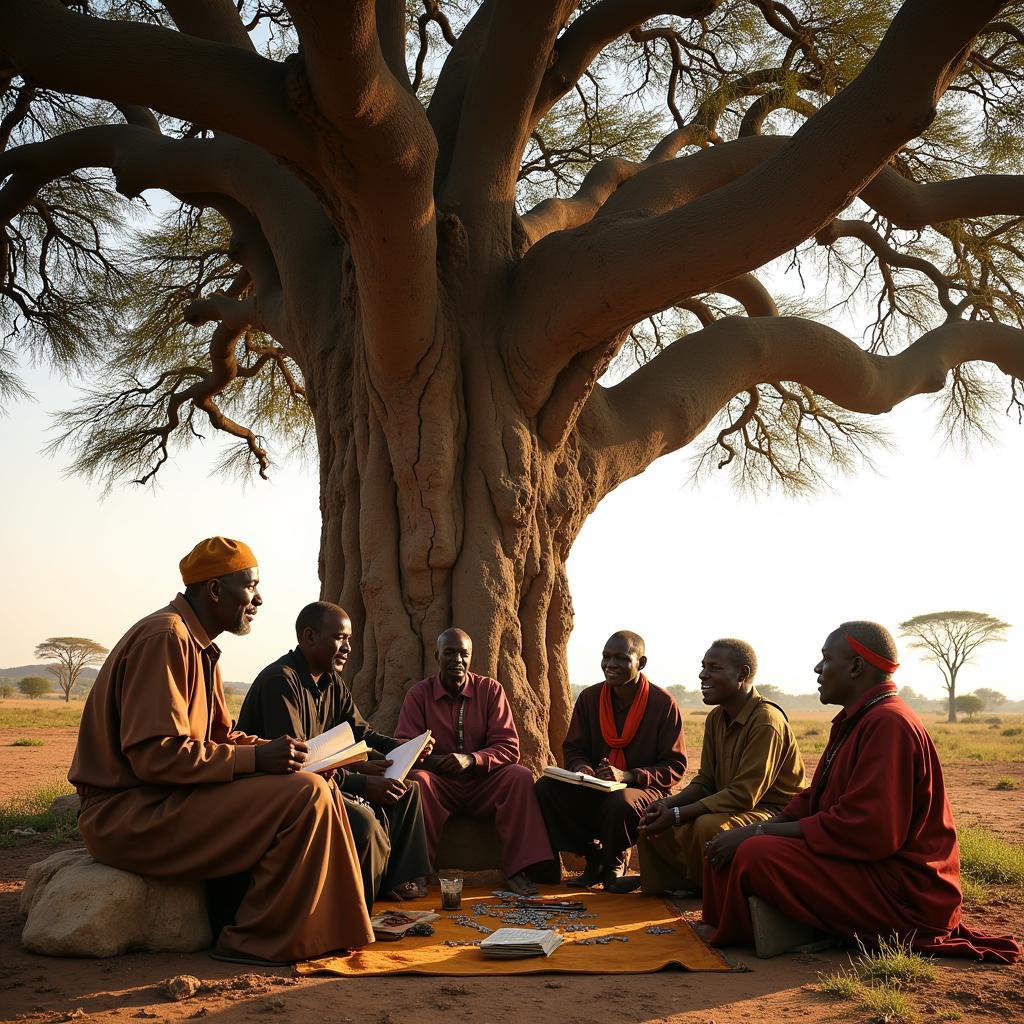Asiatic Lion and African Lion: A Majestic Comparison
The Asiatic Lion And African Lion, both iconic members of the Panthera leo species, share a common ancestor yet exhibit distinct characteristics shaped by their unique environments. This article delves into the fascinating world of these majestic creatures, exploring their similarities, differences, and the conservation challenges they face. After reading this, you’ll understand the key difference between asiatic lion and african lion.
Unveiling the Differences: Asiatic Lion vs. African Lion
While both species share the regal title of “King of the Jungle,” a closer look reveals subtle yet significant differences. Asiatic lions, primarily found in India’s Gir Forest National Park, are generally smaller than their African counterparts. Males possess a less developed mane, often with a distinctive longitudinal fold of skin along their belly, a trait rarely seen in African lions.
African lions, ranging across diverse habitats from savannas to woodlands, exhibit greater mane development, reflecting their varied social structures and environmental adaptations. Their larger size and robust build are suited to hunting larger prey in the open grasslands.
Habitat and Distribution: A Tale of Two Continents
The geographical divide between these two lion populations has played a crucial role in their evolutionary divergence. Asiatic lions, once widespread across Southwest Asia, now find sanctuary in a single population within the Gir Forest. This isolation has led to a smaller gene pool and increased vulnerability to disease and environmental changes.
African lions, while still facing threats, enjoy a wider distribution across sub-Saharan Africa. Their habitats range from the lush grasslands of the Serengeti to the arid regions of Namibia, showcasing their adaptability and resilience.
Social Structures and Behavior: Pride Dynamics
Both Asiatic and African lions exhibit complex social structures centered around the pride. However, the composition and dynamics of these prides can differ. African lion prides often consist of multiple related females, their cubs, and a coalition of males. Asiatic lion prides tend to be smaller, with fewer males and a greater tendency for males to live solitary lives or in small bachelor groups. You might find the various African language facts fascinating, especially concerning animal names.
Conservation Status: Protecting the Kings
Both Asiatic and African lions face significant conservation challenges. Habitat loss, human-wildlife conflict, and poaching pose serious threats to their survival. While African lions are classified as Vulnerable, Asiatic lions are listed as Endangered, highlighting the urgency of conservation efforts.
What is the main difference between Asiatic and African lions?
The most prominent difference is their mane. African lions have larger, more prominent manes, while Asiatic lions have smaller, less developed manes.
How do their habitats differ?
Asiatic lions live in the Gir Forest of India, while African lions inhabit a variety of habitats across sub-Saharan Africa.
Are they the same species?
Yes, both belong to the Panthera leo species. However, they are recognized as distinct subspecies.
The Future of the Kings: A Shared Responsibility
Protecting these magnificent creatures requires a concerted global effort. Supporting conservation organizations, promoting responsible tourism, and mitigating human-wildlife conflict are crucial steps towards ensuring the long-term survival of both Asiatic and African lions. Learning more about African countries and regions official languages can help in conservation efforts across the continent.
In conclusion, the Asiatic lion and African lion, while sharing a common ancestry, have evolved unique adaptations to their respective environments. Understanding these differences and the conservation challenges they face is crucial for protecting these majestic kings for generations to come. Perhaps you’ve heard an African guy says ok after spotting these majestic animals. Understanding the nuances of African language Berber with english meaning can be beneficial when studying these lion populations.
FAQ
- What is the lifespan of an Asiatic lion compared to an African lion?
- What are the main threats to Asiatic and African lions?
- What are some successful conservation initiatives for these lion subspecies?
- How can individuals contribute to lion conservation efforts?
- What is the genetic diversity of Asiatic lions compared to African lions?
- How do the hunting strategies of Asiatic and African lions differ?
- What are the differences in the social behavior of Asiatic and African lions?
You might also be interested in learning more about the specific diets of each subspecies, or the impact of tourism on their respective habitats.
Need more information? Contact us at +255768904061, email kaka.mag@gmail.com, or visit us in Mbarali DC Mawindi, Kangaga, Tanzania. Our customer service team is available 24/7.


